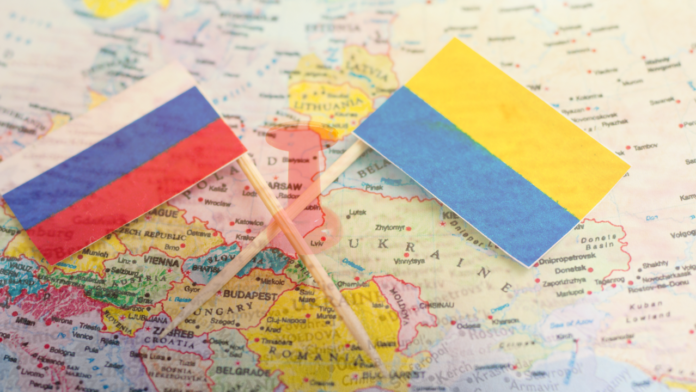“The nuclear doctrine update was required to bring the document in line with the current political situation,” said Kremlin spokesman Dmitry Peskov in a statement to the TASS state news agency recently in the latest Russia-Ukraine news.
Russian President Vladimir Putin recently approved an updated nuclear doctrine, effectively lowering the threshold for the country’s use of nuclear weapons. This decision came shortly after the United States permitted Ukraine to use American missiles to strike targets inside Russia. The revised doctrine asserts that Russia could consider launching a nuclear strike if it faces an attack from a non-nuclear nation backed by a nuclear power, significantly escalating the potential for nuclear conflict.
The revisions to Russia’s nuclear doctrine represent the most significant display of sabre-rattling from the Kremlin yet, amplifying its long-standing warnings about the threat of nuclear war over the past 1,000 days since its full-scale invasion of Ukraine. This shift evokes chilling memories of the Cold War era when the spectre of mutually assured destruction seemed all but inevitable.
Ukraine was the result of a domino effect of a number of things that eventually ended the Cold War with the disintegration of the USSR. However, now the déjà vu is hitting the geopolitical scenario once again with the ongoing Russia-Ukraine conflict.
The Russia-Ukraine conflict is one of the most complex and contentious geopolitical struggles of the 21st century, yet it is also deeply rooted in centuries of shared history, knotted identities, and shifting borders. Understanding this conflict requires not just an examination of current events, but a dive into the historical backdrop that has shaped the relations between these two nations. From the ancient ties of the Kievan Rus’ to the more recent Soviet era, the story of Russia and Ukraine is one marked by cooperation, tension, and, at times, outright conflict.
The Origins: The Kievan Rus’ and the Birth of Two Nations
To understand the Russia-Ukraine war, it’s imperative to start at the dawn of history, around the 9th century. In the heart of medieval Eastern Europe, the kingdom of Kievan Rus’ emerged and emerged to be so powerful that it shaped the very fabric of what would become modern Russia and Ukraine. Kievan Rus’ was a melting pot of Slavic tribes, Norse settlers, and Byzantine influence, all bound together by trade, culture, and a common faith. Its people were not just farmers or warriors but savvy merchants and skilled artisans, who connected the East to the West. The capital, Kyiv, was the dazzling jewel of the region—a city so prosperous and grand that it rivaled the great capitals of Europe. It wasn’t just a city; it was the beating heart of the Kievan Rus’, where scholars, traders, and artists mingled in its bustling streets.
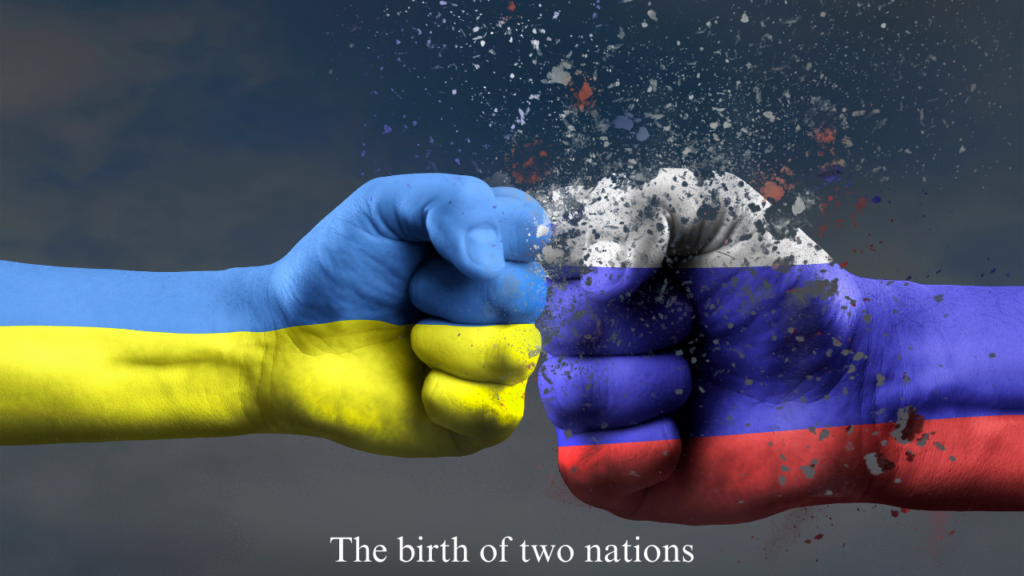
At its zenith, the Kievan Rus’ wasn’t merely a collection of tribes; it was a thriving civilization. The people of the Rus’ were deeply connected to the land and the rivers that ran through it. They forged alliances with the mighty Byzantine Empire, embraced Orthodox Christianity, and transformed their culture in profound ways. It was here, in the courts of Kyiv, that the foundations of Russian and Ukrainian identities were first laid. Christianity brought with it a written language and a sense of unity that transcended the divisions of earlier times. The Rus’ weren’t just trying to survive—they were building a legacy that would last for centuries.
But as time passed, the very power of Kievan Rus’ became its undoing. The Mongol invasions of the 13th century tore the empire apart. The once unified kingdom shattered, its territories divided and scattered like the pieces of a broken mirror. Yet, even in its fall, the legacy of the Kievan Rus’ lived on. The cultural and spiritual ties that bound the people of Kyiv and its surrounding lands remained strong. The cities, the language, the shared traditions—these were the foundations of two nations that would eventually rise from the ashes: Russia and Ukraine. What followed was a period of regional disintegration and division, which set the stage for a centuries-long struggle over political control.
In the midst of their struggles and fragmentation, the people of the Kievan Rus’ unwittingly planted the seeds of two nations, each with its own path but undeniably connected by a shared past.
Separate Identities of Ukraine and Russia
By the 17th century, the power dynamics in Eastern Europe had started to shift. The Ukrainian people, often caught between the competing powers of the Russian Empire, Poland, and the Ottoman Empire, were searching for a distinct identity and autonomy. The Cossacks, a semi-military community in Ukraine, played a critical role during this time.
In 1654, the Cossack Hetmanate, a semi-autonomous Ukrainian state, entered into a treaty with the Russian Tsar, Alexander I, in what became known as the Treaty of Pereyaslav. This agreement created a formal relationship between the Russian Empire and Ukraine, but it would later become a point of contention, as Ukrainians began to feel that they had traded one master for another.

Image credit: President of Ukraine
While the Russian Empire extended its reach over Ukraine, it also became a vital part of the empire’s military, economic, and political structures. For many Ukrainians, this meant growing resentment towards what they perceived as Russian domination. However, for others, the ties to Russia were seen as vital for their survival against external threats, especially from Poland and the Ottoman Empire.
A Tale of Dominance and Struggle
The 18th and 19th centuries saw Ukraine and Russia increasingly bound together under the expanding Russian Empire. During this period, Ukraine’s language, culture, and political autonomy were suppressed in favour of Russian imperial interests. However, Ukrainians continued to resist Russian control, leading to periodic uprisings and tensions.
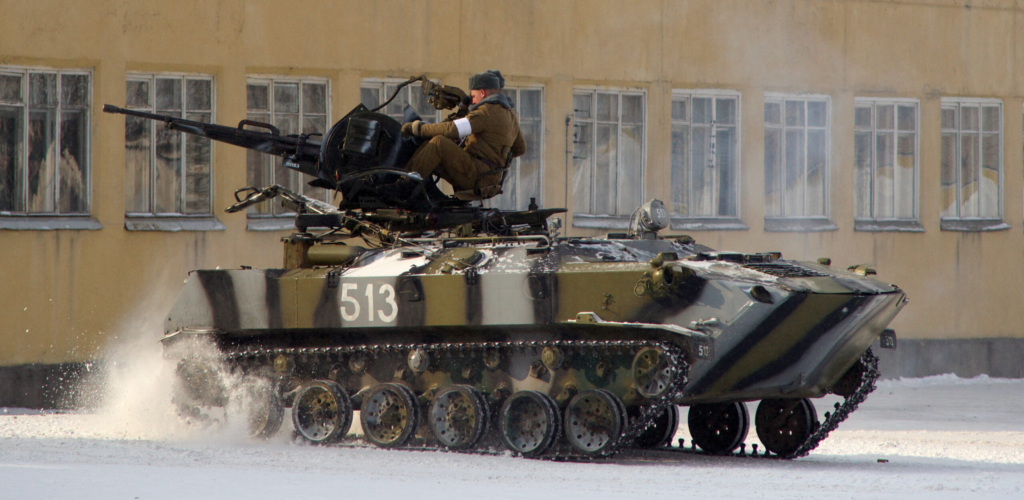
Fast forward to the early 20th century, and the Russian Revolution of 1917 dramatically altered the landscape. As the Russian Empire collapsed, Ukraine seized the opportunity to declare independence. But the newly formed Ukrainian People’s Republic struggled to maintain its sovereignty in the face of internal strife and external pressures, including the Russian Bolshevik army.
In 1922, Ukraine was absorbed into the Soviet Union, a move that would profoundly shape the relationship between the two nations for much of the 20th century. While Soviet rule provided Ukraine with certain benefits, such as industrialization and education, it also came at a heavy price. The Holodomor, a man-made famine in Soviet Ukraine from 1932 to 1933 under self-styled Communist dictator Joseph Stalin, caused the deaths of millions of Ukrainians and remains a deep source of historical trauma and tension between the two countries. For many Ukrainians, the memory of this tragedy is a powerful symbol of Russian oppression.
Under Soviet rule, Russia and Ukraine were bound together by ideology, politics, and economics. Yet, the desire for Ukrainian independence never truly disappeared. As the Soviet Union weakened in the late 1980s, Ukrainian nationalism resurfaced, culminating in the declaration of independence in 1991, following the collapse of the USSR.
The Post-Soviet Era: A New Beginning or an Old Struggle?
The collapse of the Soviet Union in 1991 marked the beginning of a new chapter in the Russia-Ukraine relationship. Ukraine’s independence was recognized globally, and it began to build its own political identity. However, the transition was far from smooth. Ukraine’s geography, with its cultural and historical ties to Russia, made it a highly contested space, especially in terms of its foreign policy orientation.
Throughout the 1990s and early 2000s, Russia and Ukraine navigated their post-Soviet relationship with a mix of cooperation and tension. Ukraine sought closer ties with the West, especially with organizations like NATO and the European Union, while Russia viewed such moves as a threat to its sphere of influence. The tensions reached a peak in 2004 during the Orange Revolution when Ukrainians took to the streets to protest the results of a rigged presidential election. The revolution, which led to the election of pro-Western Viktor Yushchenko, was seen by Russia as a loss of its influence in Ukraine.
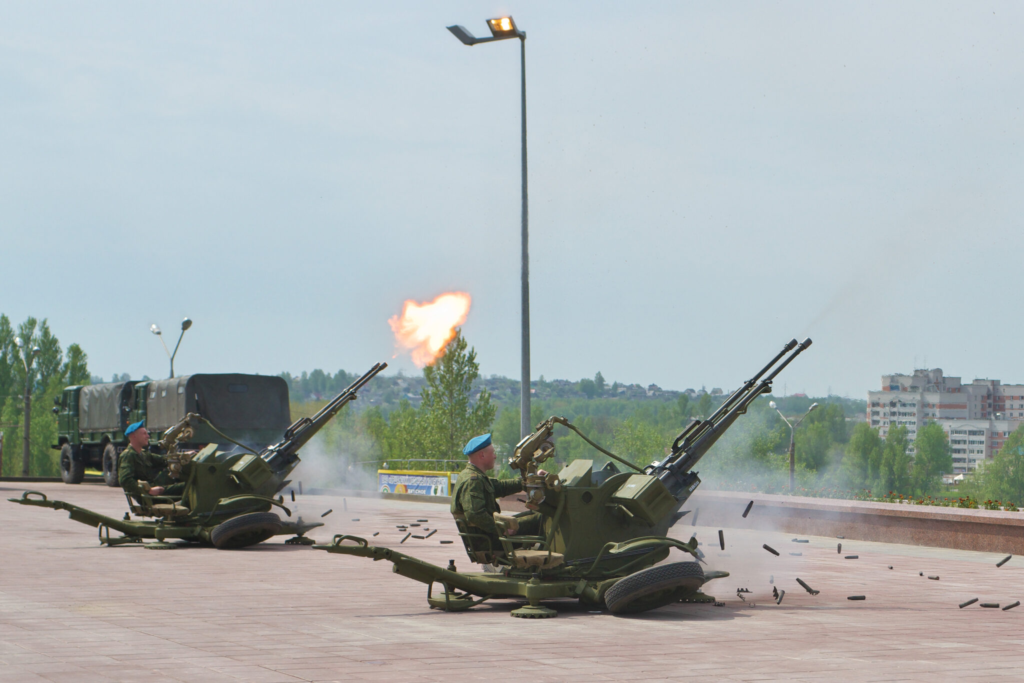
Image Credit: Creative Commons
In the years that followed, the tug-of-war between Russia and the West over Ukraine continued. While some Ukrainians yearned for closer ties with Europe, others maintained a deep cultural and historical affinity with Russia, especially in the eastern and southern parts of the country. These divisions, combined with Russia’s strategic interests in Ukraine, laid the groundwork for the conflict that would erupt in 2014.
The Euromaidan Revolution and Russia’s Response
The tipping point came in 2013, when Ukraine’s then-President, Viktor Yanukovych, backed out of signing an agreement to strengthen ties with the European Union, in favour of closer ties with Russia. This decision sparked widespread protests, known as the Euromaidan Revolution, which ultimately led to Yanukovych’s ouster in early 2014.
For Russia, the events in Ukraine were seen as a Western-backed coup. Russia viewed Ukraine’s tilt towards Europe as an existential threat, both politically and militarily. In response, Russia annexed Crimea in March 2014, a move that was widely condemned by the international community but celebrated by many ethnic Russians living in the region.
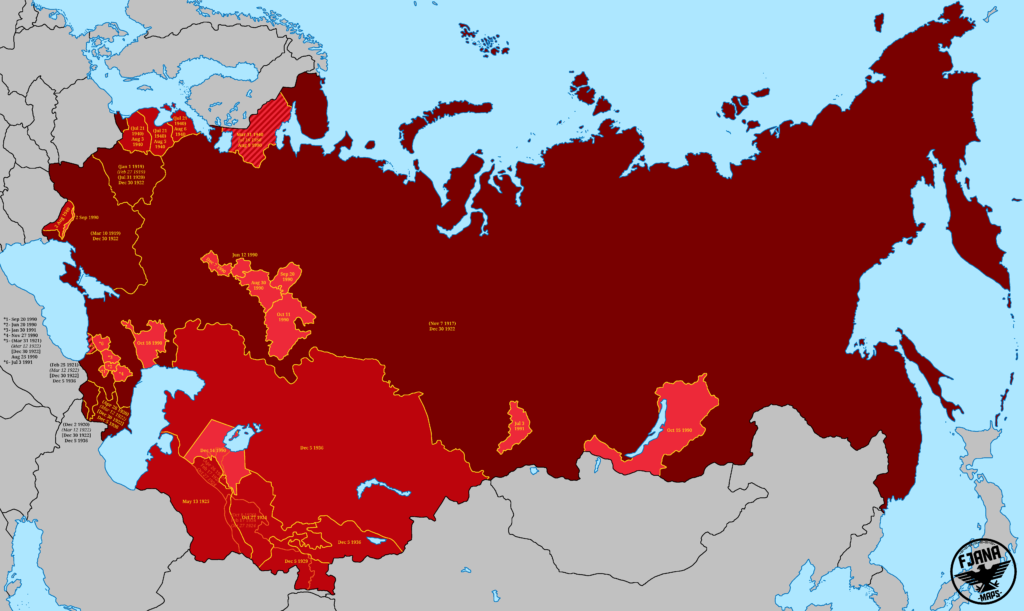
Image Credit: Devian Art
Shortly thereafter, pro-Russian separatists in eastern Ukraine, particularly in the Donetsk and Luhansk regions, declared independence, with backing from Moscow. This sparked a brutal conflict that has since evolved into a full-scale war, claiming thousands of lives and displacing millions. While Russia denies direct involvement in the fighting, evidence of military support for the separatists has been abundant.
A Fractured Nation
The war in eastern Ukraine, combined with Russia’s annexation of Crimea, has led to a deep fracture within Ukraine. The conflict has reinforced a sense of national identity for many Ukrainians, who have rallied around their desire to protect their sovereignty and territorial integrity. At the same time, the war has deepened the divisions between those who view Ukraine’s future as aligned with the West and those who see Russia as an essential partner.
The international community has largely supported Ukraine, with Western nations imposing sanctions on Russia in response to its actions. However, diplomatic efforts to resolve the conflict have largely stalled, with the Minsk agreements, designed to bring about a ceasefire and political solution, remaining unfulfilled.
The Now
As the Russia-Ukraine conflict is not dying down any time soon with Russia not shying away from nuclear threat either, it has become more than just a bilateral struggle. The war has drawn in international powers, creating a broader geopolitical struggle. For Russia, maintaining influence over Ukraine is a matter of national security, while for Ukraine, the fight for sovereignty is about securing its place in the modern world, free from external domination.
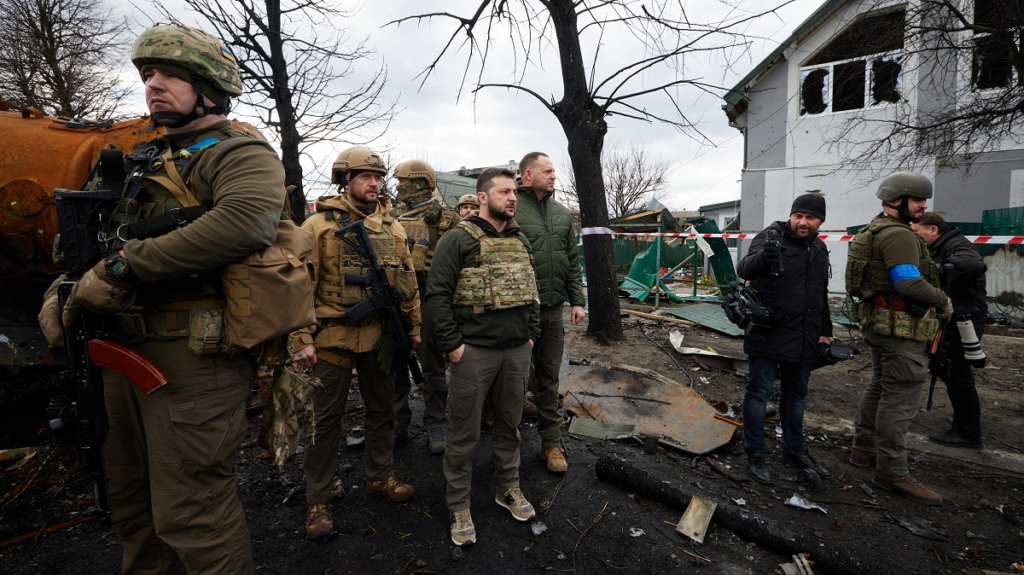
At its core, the Russia-Ukraine conflict is about more than just territory or political allegiance. It is about identity, culture, and the legacy of centuries of shared history. The war continues to reshape not only the future of these two nations but also the broader security architecture of Europe.
A Complex Legacy and an Uncertain Future
The Russia-Ukraine war is far from a simple tale of good versus evil. It is a deeply layered conflict with historical roots that stretch back over a thousand years. While the stakes are undoubtedly high, both sides have legitimate concerns and aspirations. Understanding the complexities of this conflict requires acknowledging the shared history and the painful divisions that have shaped the destinies of these two nations.
As the world watches, the question remains: can diplomacy, history, and mutual understanding overcome the forces of division and violence? Only time will tell.


